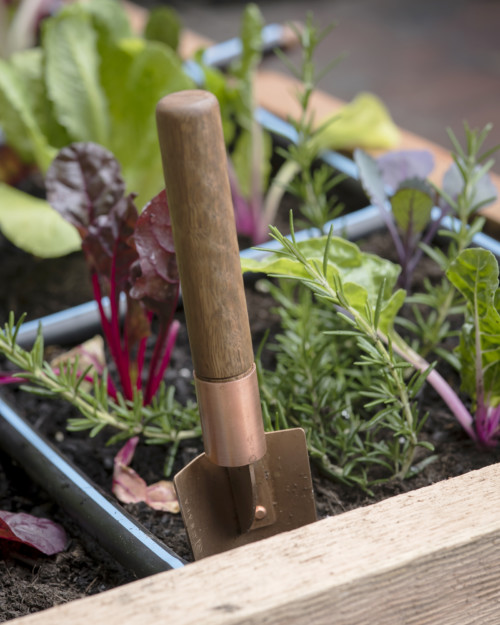
How To Care For Garden Tools
Late-summer harvest time is still a few weeks away, but it’s never too soon to start thinking about how to keep your tools in top condition after the season ends. You may find it hard to believe that that brand-new shovel might need a tune-up after a few months on the job, but just as a good gardener constantly checks the nutrient levels in the soil or compost pile, he or she must also examine their tools frequently and thoroughly. This isn’t just for the garden’s sake, but the gardener’s as well; Poorly functioning tools may require a disproportionate level of strain to operate properly, which can take a serious toll on one’s back and joints. (See our article, “How To Prevent Back Strain While Gardening”, for some more tips on injury prevention.)
So how do you know which tools need TLC? Here’s what you need to know about when to replace your tools’ handles and edges.

Handles
Tool handles are typically the first thing to wear out, but they’re not too hard to repair if the damage is minimal. To fix minor cracks and splintered sections, tightly wrap athletic tape around the handle. If the handle is warped or broken in any way, it’s best to get a replacement from your local garden store (big-box stores like Target and Walmart typically stock replacement handles as well). Hold the edge of the tool in a vice grip while you replace the handle, and be sure to apply an epoxy adhesive (such as Gorilla Glue) to the spot where the handle meets the edge (it’ll ensure a tighter fit).
Even if your handles are in good shape, it’s a good idea to perform some basic maintenance using an old t-shirt, sandpaper, and boiled linseed oil, as Dave’s Garden points out. Use the sander to remove traces of paint or dirt, and apply the oil to the handle and let it dry for an hour; just be warned: while boiled linseed oil is one of the best lubricators and rust prevention elements out there, it’s also combustible, and you must dispose of oil-soaked cloths by allowing them to dry completely before you chuck them in the trash. For a cheaper and slightly less effective (but hassle-free) method, use PAM cooking spray.

Cutting Edges
Before you even reach the troubleshooting step, get in the habit of sharpening the cutting edges of shovels, hoes, sickles, and other tools after each use; it may seem excessive, but it’s the best way to keep your equipment as close to factory standards as possible. Rough, blunt blades should be sharpened with a file, either single-cut (finer, with one row of “teeth”) or double-cut (broader, with two sets of “teeth”). Remove the rust, dipping the file into water periodically to clean it off, and sharpen at the same angle that the previous manufacturer used (if you can’t, just pay attention to the angle: as the sharpening angle gets steeper, the edge grows more durable).
Be VERY careful when working with expensive loppers, scissors or shears – these are single-beveled tools, and while it’s totally okay to work on that edge, you definitely don’t want to mess anywhere else, especially on the insides of the blades. Before you take out a file, check the nuts, bolts, and screws and tighten them if necessary.
Want to see these processes in action? Check out GrowOrganic Peaceful Valley’s tutorial on how to sharpen pruners, loppers, shovels, and more, plus check out an easy-to-follow handle replacement guide from EHow, below.

































